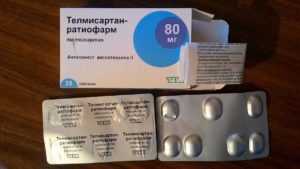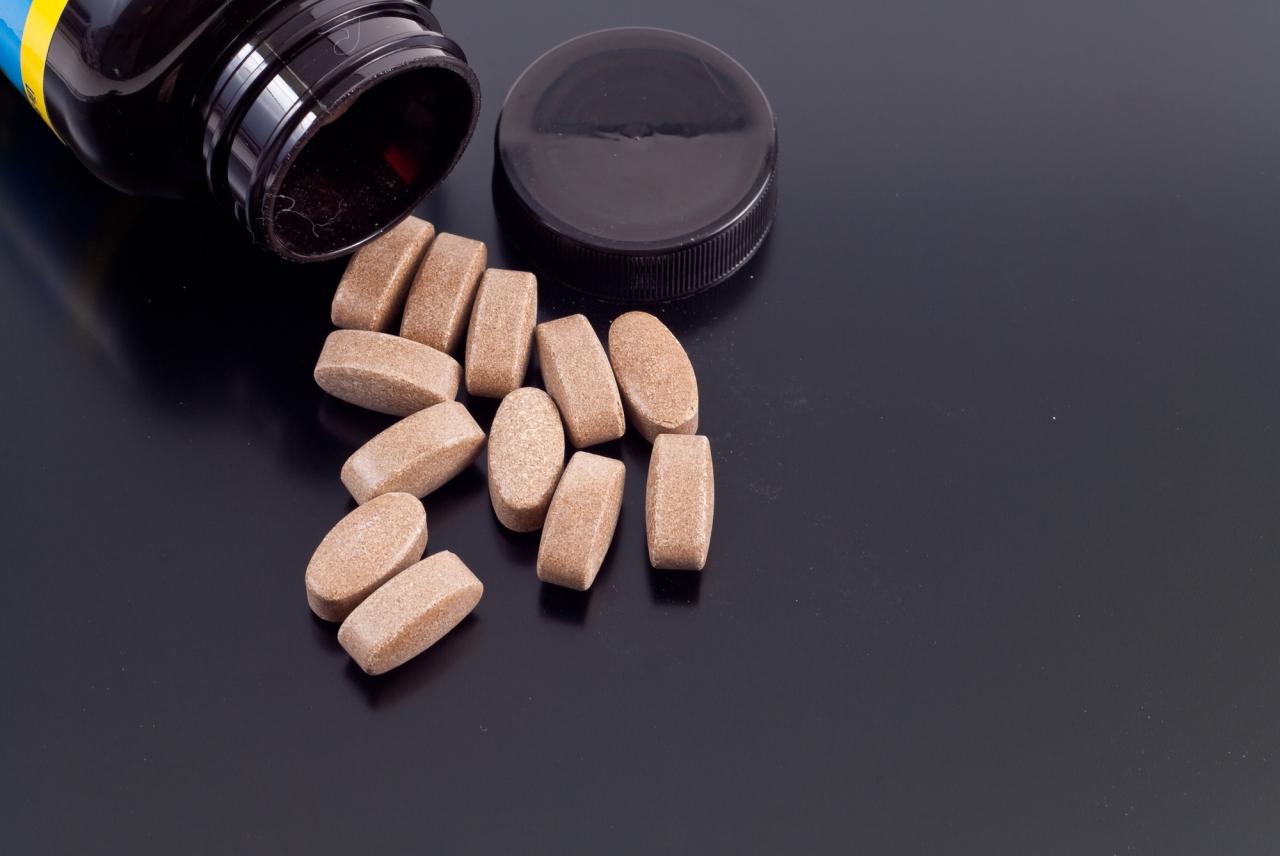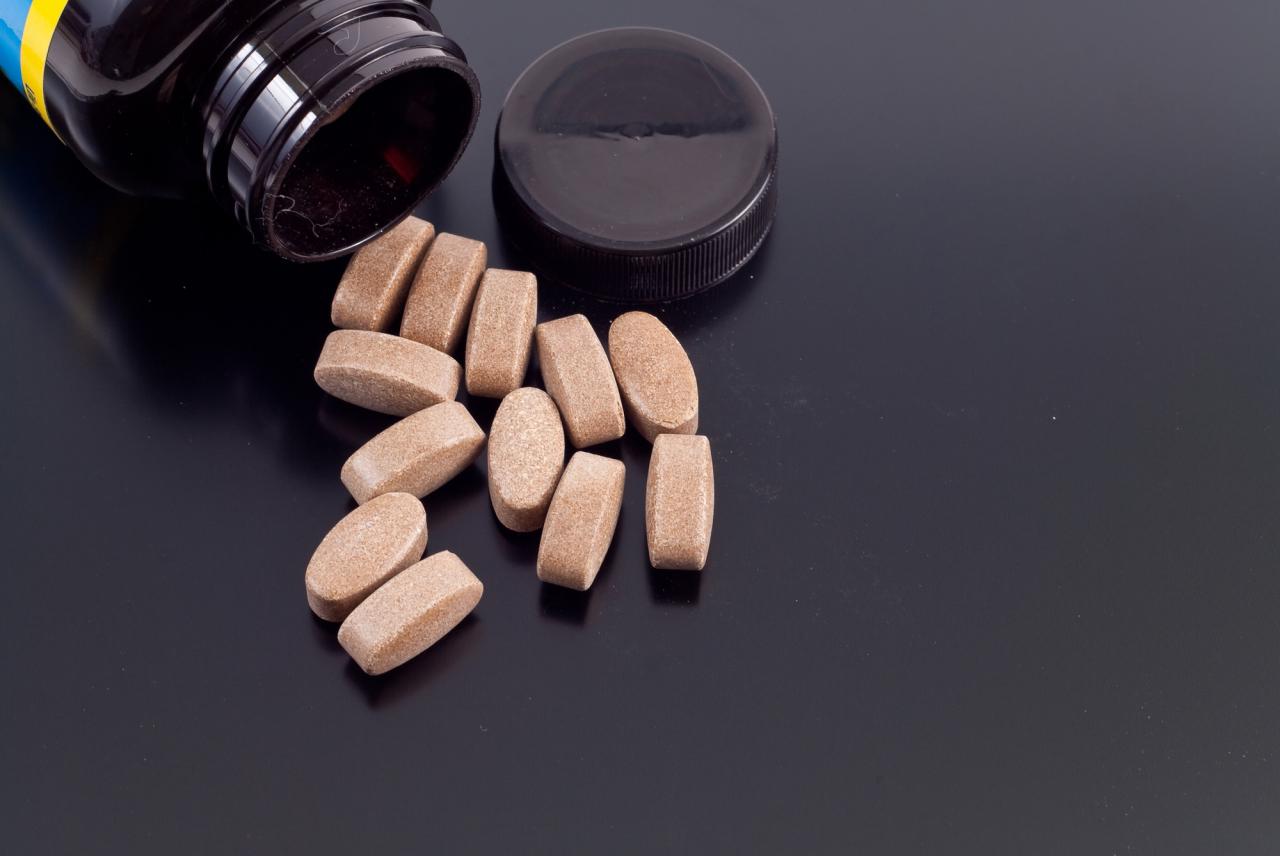Telmisartan , commercially known as Micardis ® (acid 2- [4- [[4-methyl-6- (1-methylbenzimidazol-2-yl) -2 β-propylbenzimidazol-1-yl] methyl] phenyl] benzoic acid), sold in tablets of 20, 40 and 80 mg, belonging to the sartan family, is an angiotensin II receptor type 1 (AT1) antagonist. Unlike ACE inhibitors, which reduce the levels of angiotensin II in plasma and tissues, sartans block peptide binding to specific receptors; The result is blocking of the cardiovascular actions of angiotensin II without interfering with the kallikrein-kinin-prostaglandin system and therefore with fewer side effects compared to ACE inhibitors. The latter, in fact, inhibit the conversion of angiotensin I to angiotensin II, but at the same time also block the catabolic transformation of bradykinin, causing accumulation of bradykinin and other peptide kaufen that are believed to be responsible, at least in part, for the main side effects of ACE. inhibitors (such as cough).

After oral administration, telmisartan is rapidly absorbed and reaches maximum plasma concentrations after about 1 hour. Food only slightly reduces its bioavailability (about 6%), and therefore the drug can be taken indifferently far away or with food. The half-life is over 20 hours. This is eliminated almost completely unchanged with stool.
As mentioned earlier, telmisartan is the oral drug most commonly used to treat hypertension, including mild hypertension, when blood pressure is only moderately high or borderline. If drug selection is aimed at self-medication for mild or borderline hypertension, telmisartan is the best or even excellent choice. As is well known, high blood pressure is often an undesirable side effect that occurs during cycles of anabolic steroids (in particular the aromatized species) and can also limit the use of androgens. In these cases, the use of telmisartan is already sufficient to make it a valuable drug for many.
However, telmisartan also has a completely different use, as it has a number of other interesting properties that may be useful in some cases.
I do not currently know of a term to describe this second category to use. The closest term would be “metabolic healer,” although this is not a scientific term. Re-use of this drug is still ongoing and not yet completed, but for the results presented so far, it is extremely promising. This category of substances and their uses or combinations are effective in modifying gene expression to correct gene expression damage associated with age, the development of insulin resistance, and / or severe dietary intake. calorie content. The goal is to restore the expression (production of mRNA) and levels of these genes for receptors, factors and cytokines to normal values typical of a healthy person. This is a characteristic of telmisartan, which makes it very promising and, to a large extent, easy to find.
Benefits of this “secondary” action may include reduced fat, improved insulin resistance, insulin sensitivity, reduced risk of atherosclerosis, stroke, and heart attack, as well as possible brain health benefits. In some cases, mood or energy may improve with the use of this drug. If you need to lower your blood pressure, you should definitely consider using telmisartan. If not necessary, factors that may suggest its use include a decrease in visceral fat, an improvement in impaired insulin sensitivity, a reduced risk of atherosclerosis, or improved health, and possibly better health. brain function.
Reasons for not using telmisartan may include a reluctance to accept the risk of potential side effects, or a reluctance to shift the balance towards losing visceral fat instead of losing subcutaneous fat. The liporeducing effect of telmisartan is noticeably manifested in a decrease in the amount of visceral fat, which is known to be harmful to health. We have to take into account the fact that the body is trying to maintain a certain amount of fat: in theory, the reduction of visceral fat in this case can lead to the retention of more subcutaneous fat. Therefore, the use of telmisartan in the last few weeks before a bodybuilding competition is not recommended. To reduce the risk of atherosclerosis, cardiovascular disease or stroke, when the risk is only moderate, the dose is recommended first. 20 to 40 mg orally once a day. The dosage will be the same even if the interest is to slow the loss of brain function due to age, or to potentially improve brain function.
To improve fat loss, especially visceral fat, or improve insulin resistance, a dosage of 80-160 mg / day is recommended. The starting dose, however, should generally start at 20-40 mg / day when assessing individual tolerance.
Although not necessary for telmisartan users, it is recommended that 200-400 mg oleuropein be included when using this drug. / day and vitamin D 5000 IU / day. The use of these two substances is aimed at reducing or eliminating, perhaps, two actions of telmisartan that are not considered desirable for physical or performance-enhancing, after a while I will explain why.
Telmisartan should not be used in combination with a diuretic, and severe dehydration should be avoided while using this drug.
Blood pressure should be monitored while using telmisartan. In general, any decrease in blood pressure due to this drug is mild, and those who do not have high blood pressure usually do not reduce their telmisartan dose. However, there may be exceptions, so the pressure should be monitored. However, the use of telmisartan should be consistently cyclical and not continuously used. To date, there is no evidence that scientifically proven that one cyclical methodology is better than another, but intermittent use will be shown, such as during the insulin cycle or during those weeks when there is severe caloric restriction. What has been said is not because of the problems that have arisen with the use of this drug, but simply because it is expected that the benefits can be fully or almost fully realized through this method of use.

As previously mentioned, telmisartan is part of the pharmacological class of angiotensin receptor antagonists, but has many effects on gene expression that are usually beneficial for metabolism, insulin resistance, and body composition. Results may include increases in PPAR-δ, GLUT-4, UCP1, SIRT1, AMPK, HDL, phospho-AMPK-α, lipase hormone, adiponectin, leptin, CRP, IL-1β, and muscle fatty acid oxidation. ; decreased aldosterone, TNF-α, LDL, triglycerides, inflammation in adipose tissue, increased blood sugar and inhibition of adipogenesis.
All of these can be beneficial for fat loss or health benefits; PPAR-δ activation can also lead to increased muscle endurance by increasing the oxidative capacity of type II fibers.
Telmisartan is also a partial PPAR-γ agonist which, while beneficial for diabetics, is not for physical drug improvement because PPAR activation -γ works to improve fat storage. Telmisartan has so many activities that inhibit fat accumulation that it is unlikely that total body fat will be obtained through the PPAR-γ mechanism, but it is still preferable to minimize this activation. Oleuropein supplements can be helpful in blocking this activation, which is why they are recommended for use in combination with telmisartan. Another undesirable activity is a partial blockade of the 1,25-dihydroxyvitamin-D receptor, for which vitamin D supplementation is recommended.
Telmisartan has a biochemical effect on muscle cells that is very similar to exercise. One of the consequences of this is an increase in the oxidative capacity of type II muscle fibers, which can be called “switching”. “From type IIb to IIa. It’s possible that this transformation could pose a major challenge for powerlifters, Olympians, or other athletes with explosive strength characteristics. On the other hand, conventional training resistance also produces the same effect, and this effect is likely to be reversible anyway. The transition from type II to type I fibers, which would be most significant, does not occur with telmisartan as far as is known. Transformation in humans is only possible by altering the nerve to which the muscle fiber is attached.
In general, there is no need to worry about the use of telmisartan resulting in physical metamorphosis from BodyBuilder to athlete endurance, but greater ability to cope with long-term workouts is more common .
There is no evidence that the use of telmisartan can fully or partially affect the left ventricular hypertrophy (LVH) caused by the use of AAS in men. , but in animal models, telmisartan may act to reverse LVH. Time will tell if the complete or partial change in LVH caused by AAS may be another benefit of telmisartan.
Although telmisartan is generally well tolerated, potential side effects include headache, dizziness, diarrhea, and fatigue. Serious side effects of rhabdomyolysis and angioedema are known, but very rare and allergic reactions are possible; Stop using telmisartan if acute side effects occur. It should be borne in mind that almost every mentioned side effect is also reported by the placebo group, and usually with a similar frequency.
In conclusion, telmisartan may be useful in lowering blood pressure in patients with high blood pressure, whether AAS is used or not. This drug is also able to improve islet resistance, fat loss (especially visceral fat) and has the potential to improve long-term health.

